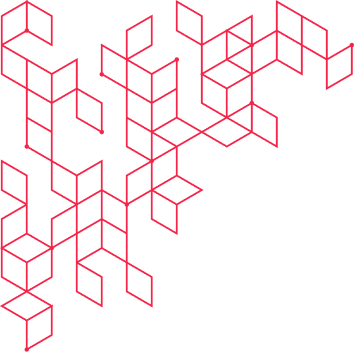Faster Profitability
Our proven processes and data-driven strategies help you start making money sooner.
Suite 218 Baltimore, MD, USA
Your store is more than a website—it’s a sales engine. We design responsive, user-friendly, and visually appealing...
Choosing the right products is critical to success. Using data-driven market analysis, A/B testing, and AI-powered insights...
Marketing makes the difference. Our team delivers targeted, impactful campaigns that drive traffic, increase engagement, and...



ABOUT US
Transforming E-Commerce with Innovation, Intelligence, and Precision
At Raman Technologies, Inc., we specialize in creating e-commerce stores that drive profitability and success. Combining the power of Lean Startup Principles, cutting-edge automation, and advanced AI and data analytics, we ensure your business hits the ground running. Our proven approach focuses on helping you sell the right products and achieve results faster—all while minimizing risks and maximizing returns. Raman Technologies, Inc has transformed its own organization from a boutique Lean | Agile coaching and training shop to an E-Commerce Consulting Powerhouse with its Own Successful Stores to BOOT!

Why Choose Raman Technologies, Inc.?
Our proven processes and data-driven strategies help you start making money sooner.
Our specialists bring years of experience in technology, e-commerce, and marketing.
We don't believe in one-size-fits-all. Every solution we create is tailored to your unique goals.
From website traffic to revenue growth, our success is tied to your measurable achievements.


What We Do
We embrace Lean Startup methodologies to design e-commerce solutions tailored for rapid growth and scalability. By focusing on iterative testing...
Efficiency is at the core of what we do. With advanced automation tools, we streamline your operations—from inventory management and order...
Our AI-driven solutions analyze customer behavior, identify trends, and uncover untapped opportunities. From personalized recommendations to dynamic...
Data is the backbone of e-commerce success. We collect, analyze, and interpret data to optimize your store's...
You Can Also See All Business Services


Ready to transform your e-commerce vision into reality? With our expertise, you'll create a store that doesn't just look good but delivers results.





Testimonials
"Working with RamanTech was a game-changer for my online store. Their team not only helped optimize my website’s design for a better user experience but also boosted my conversion rates through targeted strategies. They provided clear, actionable steps, and the results were immediate. I saw a 30% increase in sales within the first two months. Highly recommend them!"
Small Business Owner
"Raman Technologies, Inc. has been an invaluable partner in scaling our e-commerce platform. Their expertise in digital marketing and SEO helped us reach a much larger audience, and their deep understanding of customer behavior led to more personalized strategies that converted visitors into buyers. Their attention to detail and prompt communication makes them a standout in this industry."
CEO of TechGear Inc.
"I can't thank RamanTech enough for transforming my e-commerce business. They thoroughly analyzed my sales funnel and found areas of improvement I didn't even realize were a problem. After implementing their recommendations, we saw an increase in average order value and a noticeable improvement in our customer retention rates. They're experts at what they do!"
Founder of Beauty By You
"Our experience with RamanTech has been exceptional. They helped us refine our social media strategy and integrate more effective e-commerce tools into our platform. Their team took the time to understand our brand and target audience, crafting strategies that truly resonated with potential customers. The growth in traffic and sales speaks for itself!"
Marketing Director at EcoGoods
"We hired Raman Technologies, Inc. to help us launch a new product line online, and we couldn't be happier with the results. They provided a comprehensive roadmap for the launch, from product page optimization to email marketing campaigns. The team’s insights were spot-on, and we exceeded our sales goals by 40%. I’m looking forward to working with them again!"
E-Commerce Manager at Fresh Finds


Latest Blog

24
Sep 22Shopify is synonymous with e-commerce success. From humble beginnings as a tool for small businesses, it has grown into a platform empowering billion-dollar brands...

24
Sep 22Amazon’s journey from an online bookstore to the largest e-commerce platform in the world is a textbook case of innovation, customer obsession, and bold decision-making...

24
Sep 22Fashion Nova has redefined fast fashion, not just through its trendy designs but through its unparalleled use of Instagram. This blog dissects the brand’s social media-driven success and...
























